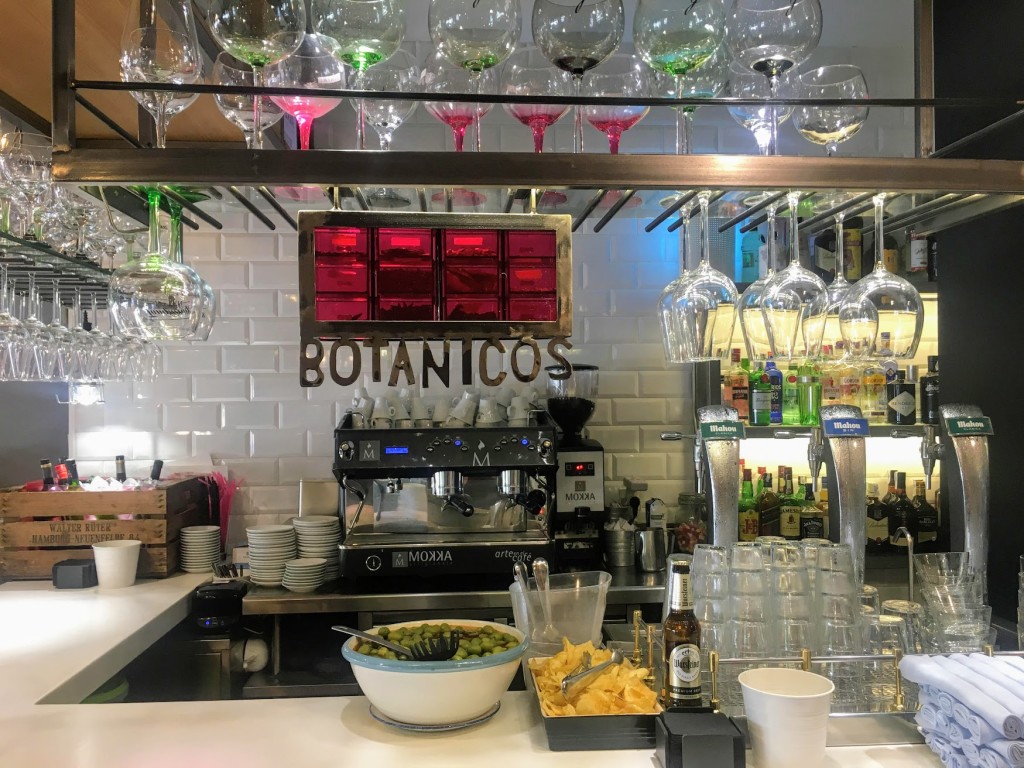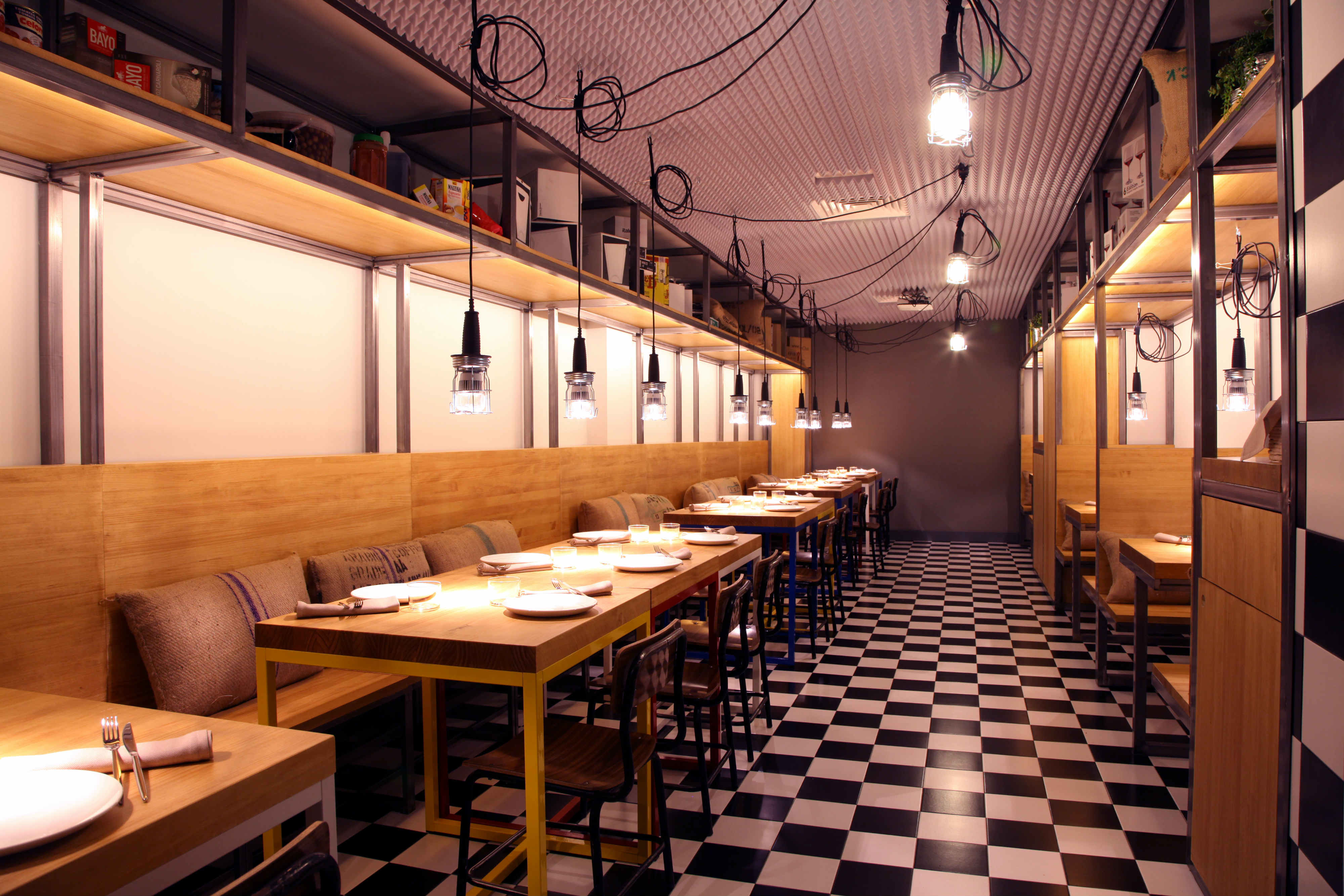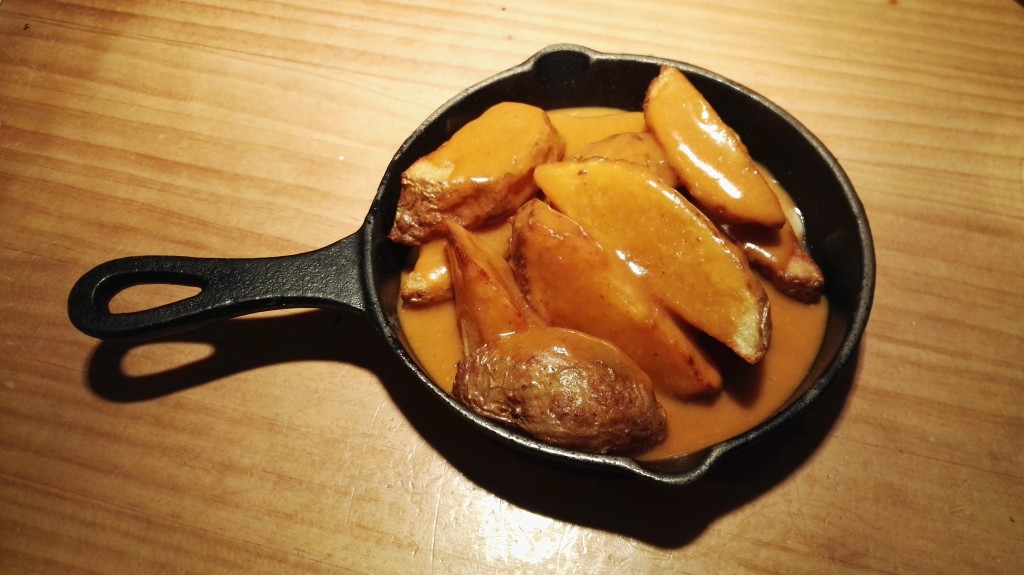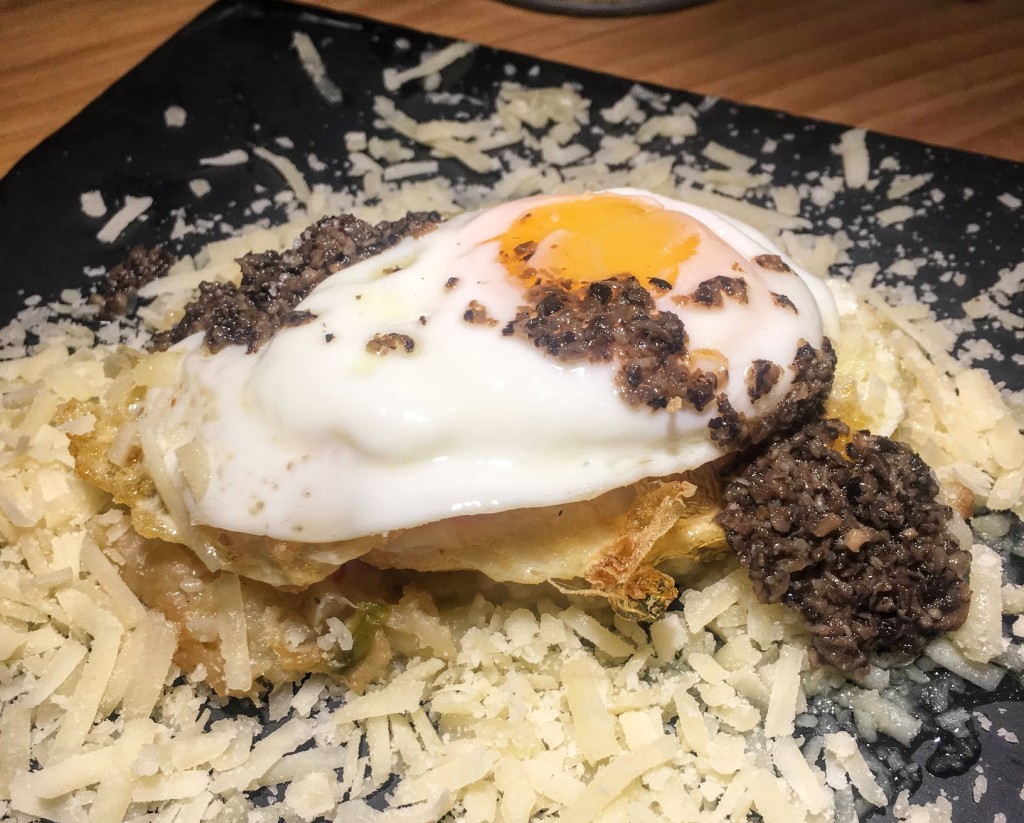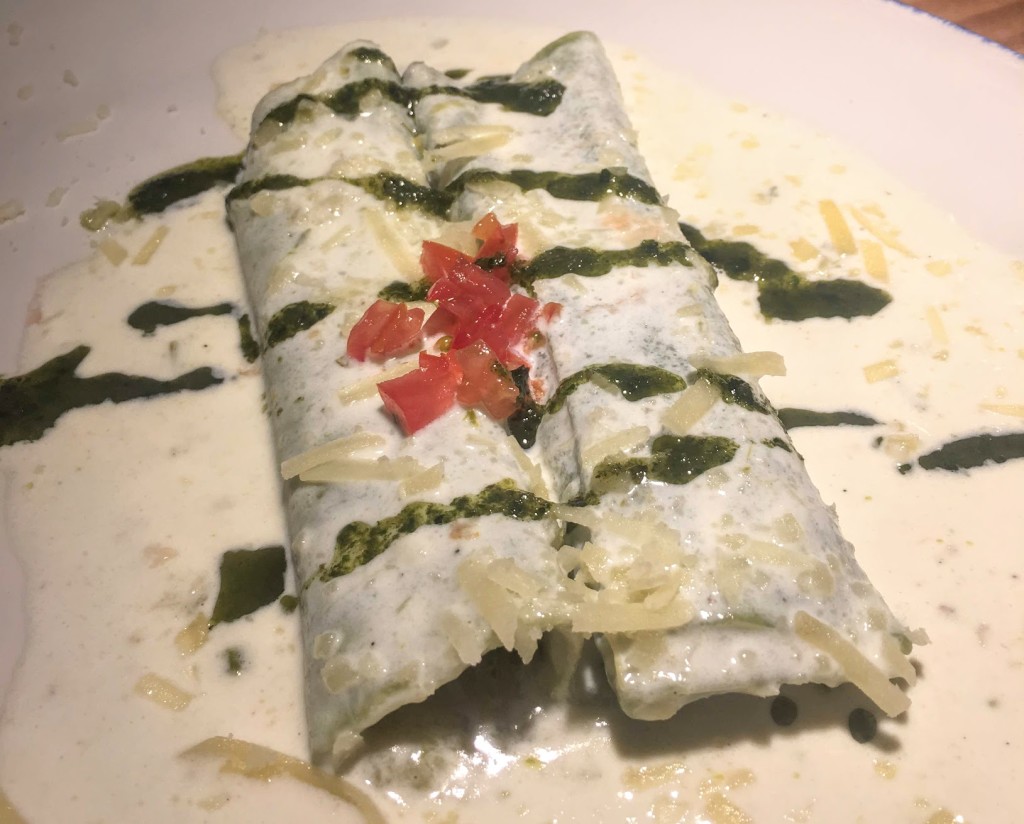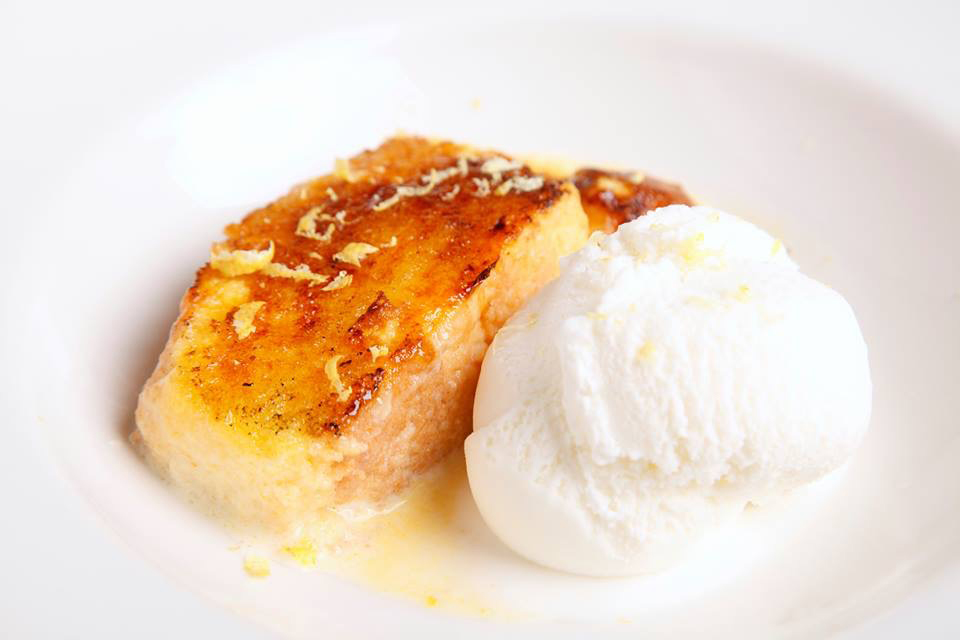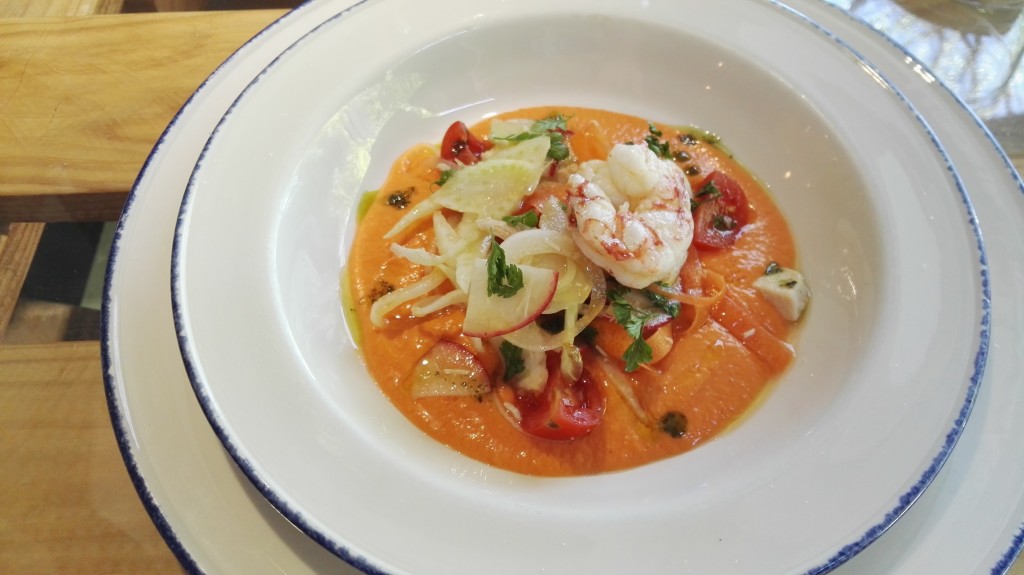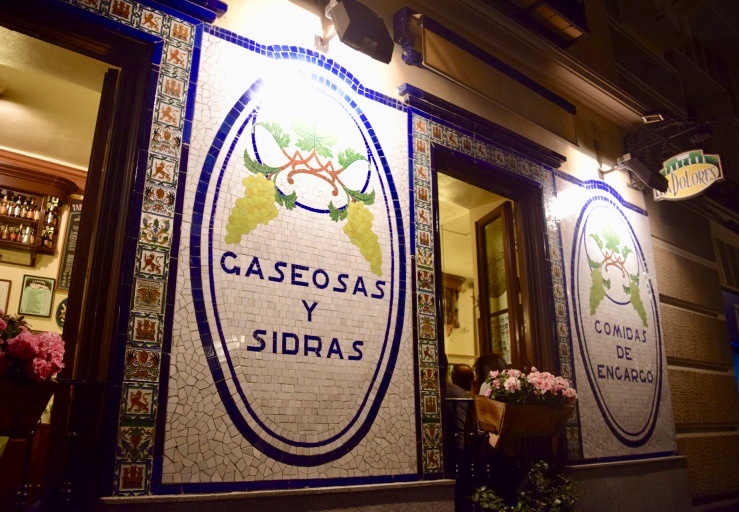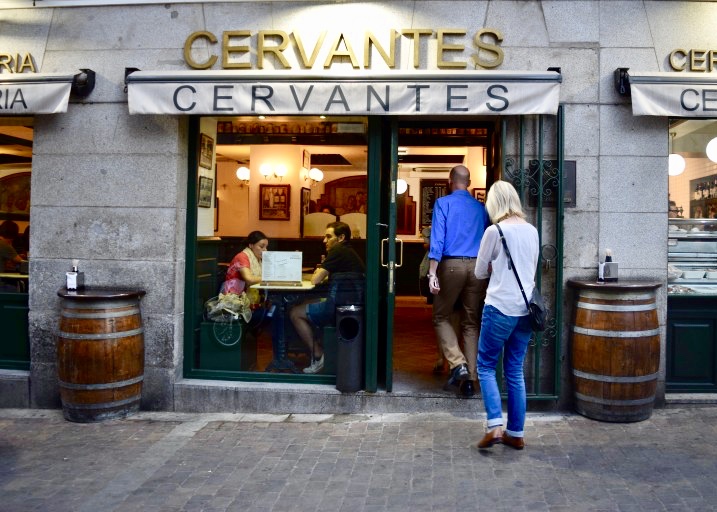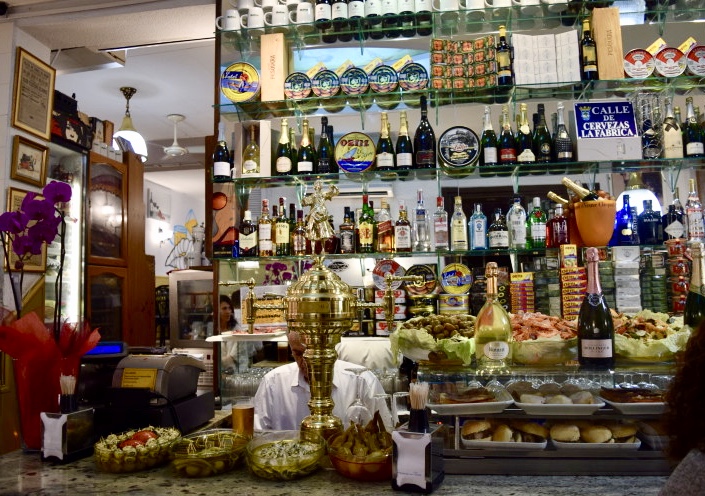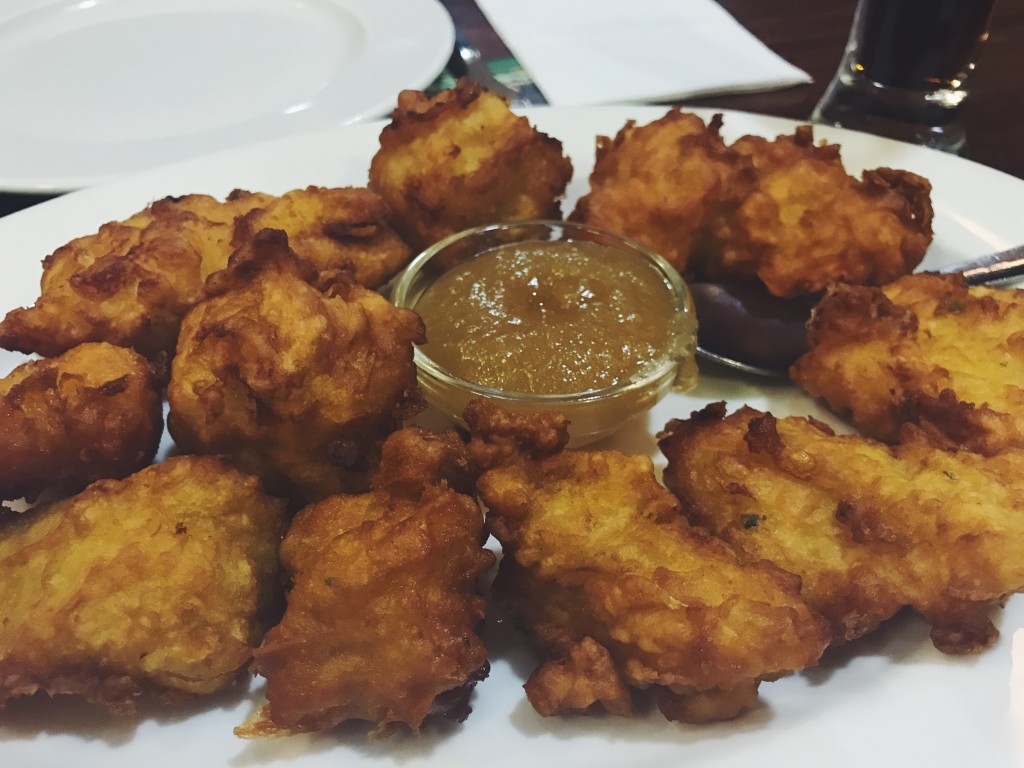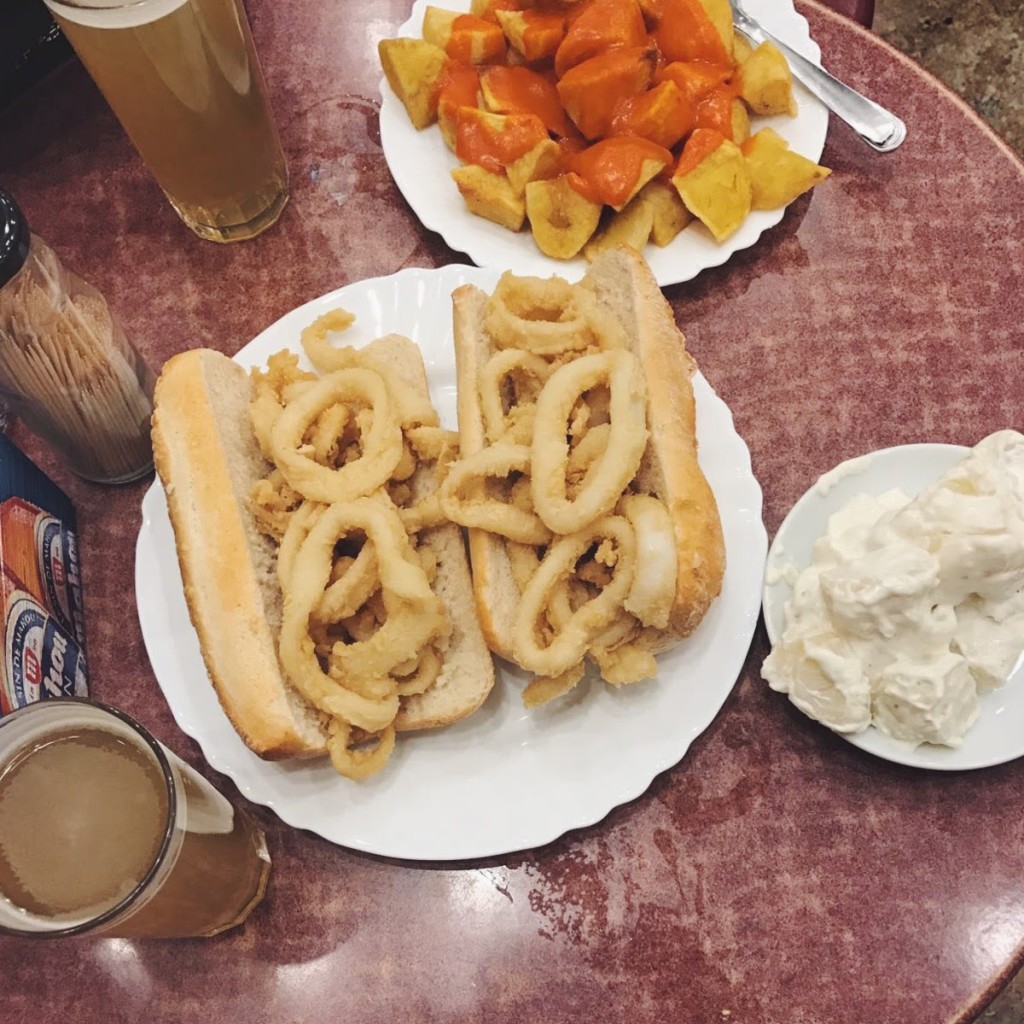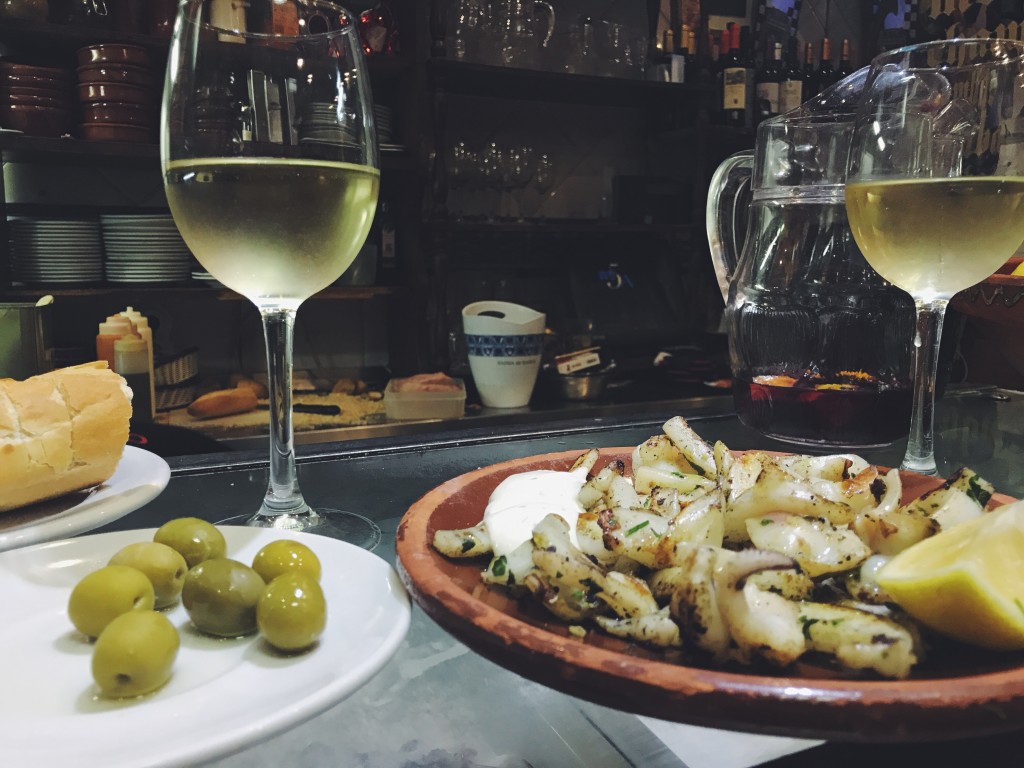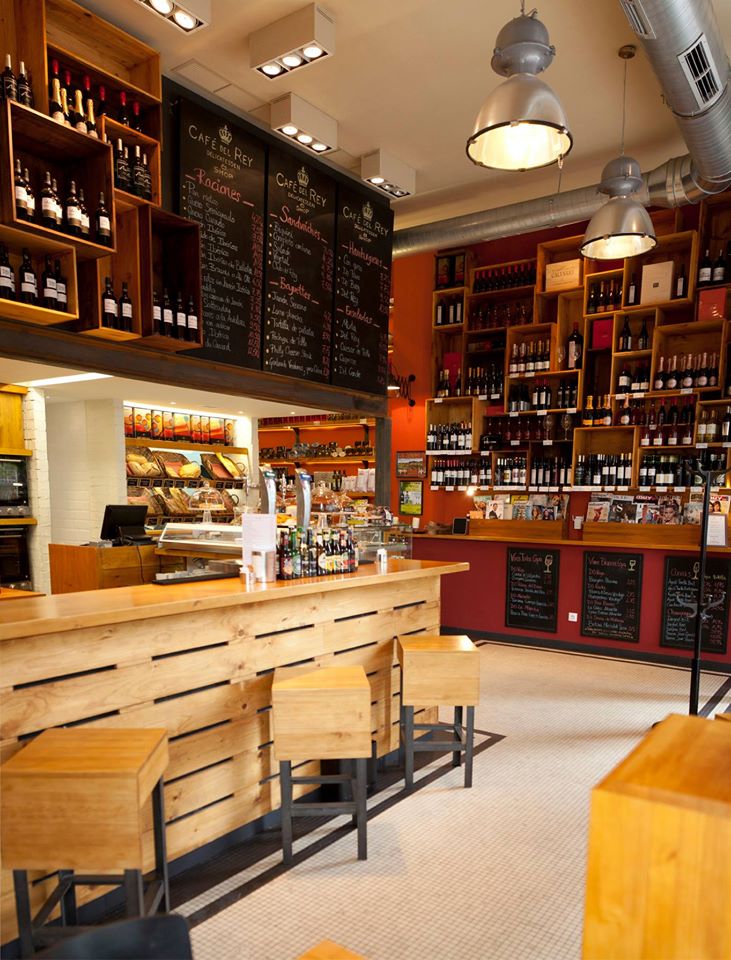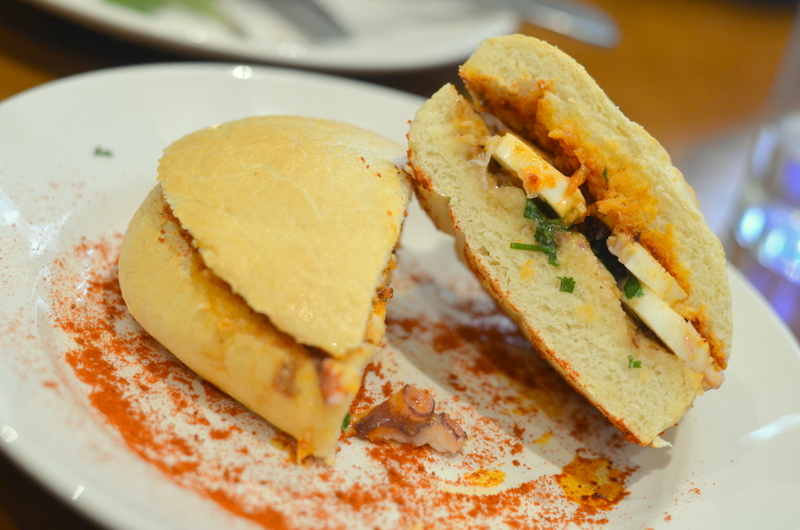Café Viralata – craft beer, delicious sandwiches, and live music
Jay (Dominican) and Selvi (Italian) are a music-loving couple who decided to put their passion for art and craft beer to good use: in June 2018, they opened Café Viralata in Lavapiés.
While it may be a new bar (with killer decor), it has nothing to do with the wave of pricey hipster joints that has flooded the neighborhood in recent years. No, señor, this place has some very simple raisons d’etre: good music, good food, and good vibes at more-than-reasonable prices.
The facade piques the interest of passersby with some sassy paintings of doggos (thanks to @ramon_amoros_ilustrador) and a blackboard announcing the bar’s upcoming events (more on that later).
Once inside, we start with what’s important: beer! You’ve got everything from your classic Estrella Galicia to impressive local IPAs. They’ve been working closely with the local brewer community, specifically the guys at Abeerzing, to learn more about “el mundo cervecero.” So the beer list is constantly growing and changing.
Café Viralata is also the first bar in Madrid to serve Beertag, a brand new beer from La Rioja brewed by Slezia Albino, one of Jay’s oldest friends in Madrid from film school.
As for wine, they of course offer Rioja, Ribera del Duero, Verdejo, and Albariño, but they also recommend wines from Madrid, Alicante, Catalunya, Portugal, and Italy, and their “tinto de verano” is actually made with an Australian wine. As Jay says, if you’re a purist, you’ve really gotta keep an open mind here.
Once you’ve got your drink, you’ll probably want something to snack on (if you give a mouse a cookie…). Café Viralata goes way beyond your typical tortilla and olives.
Get started with appetizers like the hummus plate and the avocado toast, and if you’re looking for something more substantial, go for one of their sandwiches, which are made with love on fresh sourdough bread from the folks at bakery Madre Hizo Pan.
A house favorite is “La Piernotta,” a Dominican-Italian version of the typical Dominican “sandwich de pierna” with porchetta (Italian, roasted, oven-baked pork) with smoked scamorza cheese, green peppers, and red onions.
And yes, they also have fabulous vegetarian and vegan options.
Lastly, if you have a sweet tooth like me, you can’t leave without trying the homemade tiramisu, lovingly crafted by @lacucinadicarlo (who also provide their pastrami).

Once you’ve got your food and drink sorted, head to the back of the bar to check out what makes this place truly special: an intimate venue, complete with a piano (that Selvi’s mom sent them from Italy!), guitars, a projector, two rows of chairs (I said intimate!), and lots of vinyl records to thumb through.
This space offers anything from live acoustic concerts to independent film screenings, theater, micro-theater, poetry readings, spoken word, stand-up comedy, magic shows…
It just doesn’t get much better than that.
Oh, and if you’re wondering what “viralata” means, this is what Jay had to say about it:
In the Dominican Republic, and also in Portuguese-speaking countries such as Brazil, a ‘VIRALATA’ is what a stray dog and/or any animal or person of mixed race is called. ‘VIRAR’ means ‘TO TURN’ and ‘LATA’ means ‘CAN’, a reference to the way that strays ‘turn cans’ while searching for food; in our café, though, we’re strippin’ away any negative aspect that surviving and struggling through life may have in our modern society. The struggle is real and it makes us better people! So turn cans, dear viralatas, turn those freakin’ cans!
Me apunto.
PS: Stay tuned for Café Viralata’s grand opening party…




